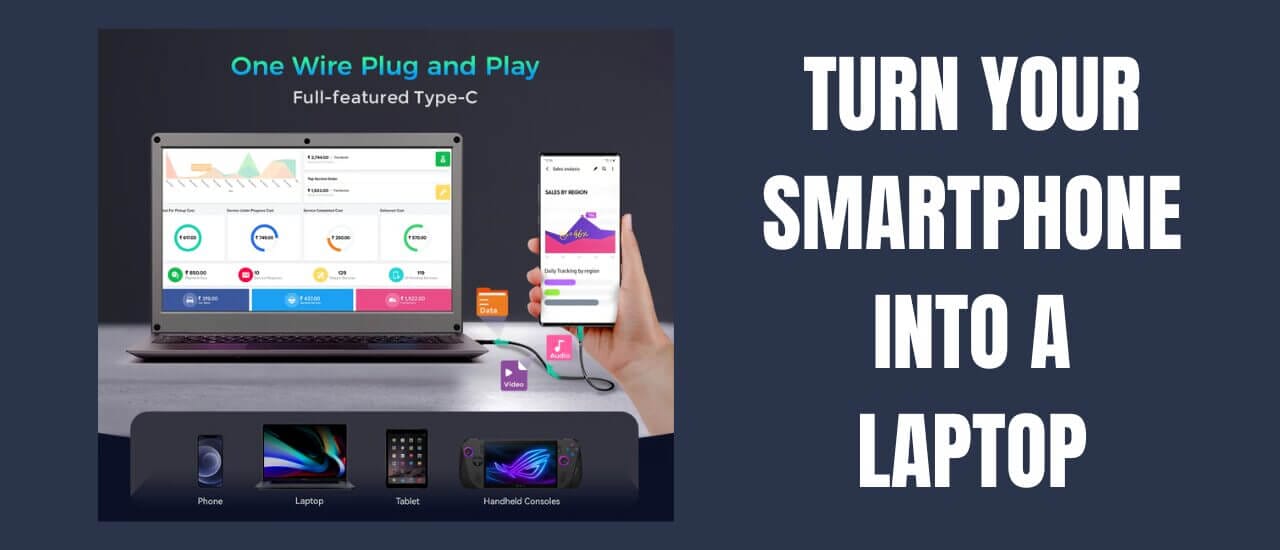Chromebooks
Chromebooks are an interesting take on portable devices. They are taking things one step further by relying predominantly on cloud storage and software. These devices run on
a new operating system called Chrome OS. There are many operating systems available but it’s very difficult to be noticed when you’re pitted against Windows and OS X. It’s impressive to see a new OS gain so much ground in such a short time – though since it’s made by powerhouse Google, I guess I shouldn’t be too surprised.
There have been quite a few incarnations of the Chromebook in quite a short time, but we’re going to focus on the latest model which is the Series 5. These have 1 16GB hard drive and 4GB RAM. In today’s world, 16GB of space is fairly basic but you do need to keep in mind that these devices are designed for online storage. This effectively makes your documents more secure if you’re prone to losing stuff – as everything is safely stored in the cloud. There are 2 versions on the market, a Wi-Fi only and a Wi-Fi + 3G.
The screen on Chromebooks is excellent and it has a unique keyboard with a web-browsing key in place of the Caps Lock. The feel of Chrome OS will be quite different for users of PC’s and Mac’s and will take a little time to get used to but it’s still a decent OS to use. The battery life is what impressed me the most, with a whopping 6 hours of usage.
The major issue for me is the dependency on an internet connection. Although the system has 16GB of space, this is primarily for the OS and not for regular day to day use. You can, however, use apps and games offline, as well as save offline, until you get a chance to upload your data.
For serious business people that worry about the security of their data, I’d strongly recommend a Chromebook. With your data safe in the cloud, if your Chromebook had to take an unexpected tumble, you can be sure that your documents are safe.
Here’s a great article which answers some Q & A’s that you might have.
Tablet PCs
Tablet PC’s are the newest addition to the portable PC market and they generally come in screen sizes between 6 and 10 inches, and are relatively lightweight. They keyboard is located on the touchscreen itself and each tablet will run on proprietary software that’s made solely for touchscreen devices. Most will have a built-in webcam/camera, mic, speakers as well a GPU for mobile gaming. The GPU found in a tablet PC isn’t powerful enough to play AAA games that you’d find on a PC or console but can play smaller games designed specifically for tablets and phones and some older games. However, with the speed of progression in these devices, it may not be too long before they’re capable of playing high spec games.
Workwise, there are numerous apps available that can help with efficiency and progression in your business. I do find, however, that when it comes to typing out long passages of text, nothing beats a physical keyboard. I wouldn’t even attempt to try writing this article with my tablet as touchscreen keyboard and screen size would make it excessively difficult to do. Some tablets do allow for the connection a mouse and keyboard but that really defeats the whole purpose of making it portable, if I’m going to carry around large accessories.
At the moment, tablets are increasing in popularity at an incredible pace. With faster CPU’s and GPU’s getting added in each consecutive model, they’ve become popular as both work and gaming devices. The increased speed, low weight and versatility of these devices makes them great for getting things done on the go.

